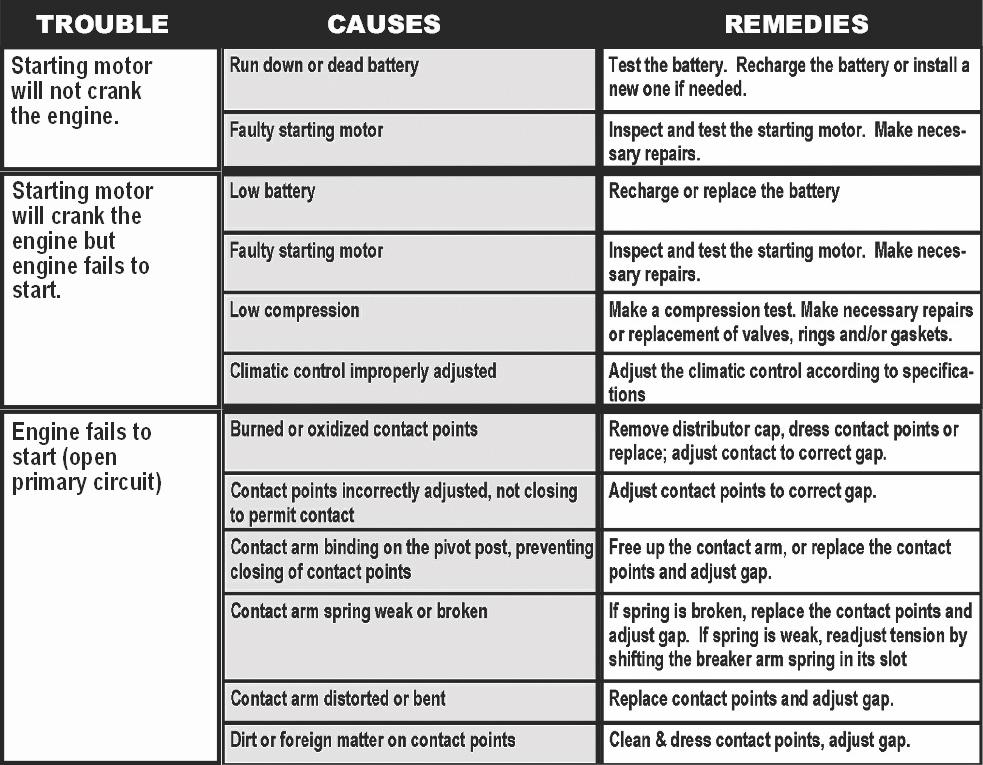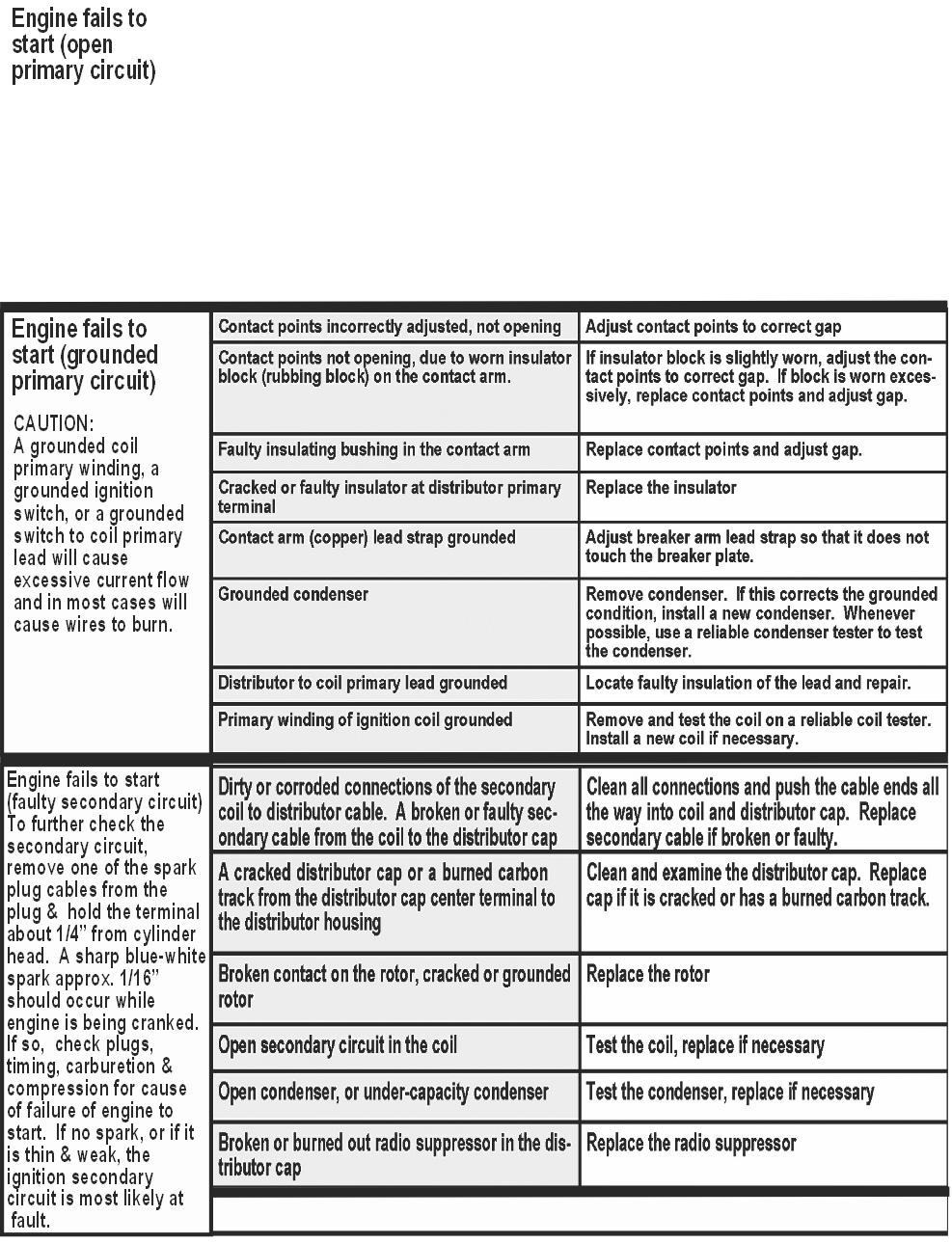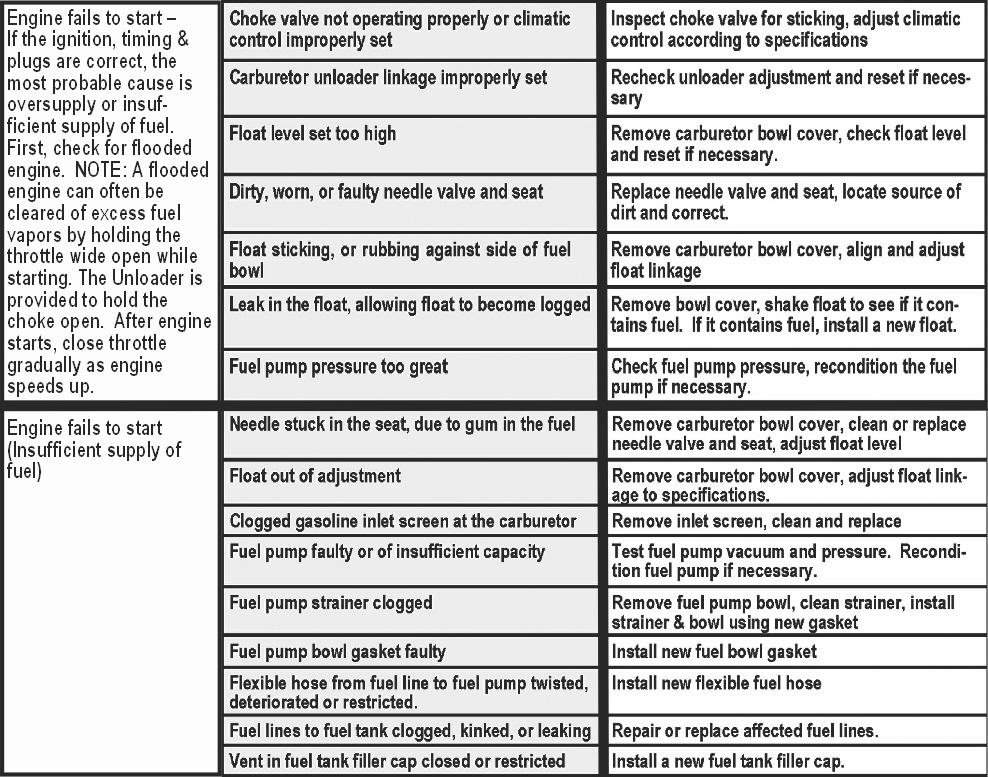
It's SPRINGTIME! After what was a long, cold Winter for most of us, it now appears that it might be over. It's time to get the cars out, and how they were put away last Winter is going to affect how they start and run now.
I like to keep a couple of cars out and drive them year-roundlike my '51 Chevy 2-Door Fleetline and '92 Jaguar. For the ones I wasn't going to drive, I ran the gas down and added 3 gallons of non-ethanol gas with stabilizer and a few ounces of Marvel Mystery Oil to the gas tank to prevent the float from sticking. We checked the batteries' water levels, cleaned the posts and put on maintainers (I leave these on year-round!), then checked the antifreeze and oil, and put moth balls in the cars with wool broadcloth interiors and baking soda in the cars with leather or vinyl interiors to help soak up the moisture and mildew that forms in our wet climate.
I like original styled bias tires. They make the car's stance as it was when it was new, but they tend to get flat spots on them when a car sits for any length of time. One solution is to put the car up on jack stands. This takes the weight off the tires, but it takes a lot of time and effort to remove and replace the jack stands every time you want to move the car. So, a better solution for us is to routinely move the cars in and out of the garage and warm them up. This eliminates the flat spot problem and keeps everything working.
These are some easy-to-do storage tips for short term storage. While storage is important, knowing and bonding with your car might be even more important. Each car has its own personality and idiosyncrasies. Realizing this and working with the car and not getting frustrated with it takes ongoing patience. For example, my 1940's Packards have straight 8's. The distributors are located low on the driver's side of the engine. These cars are parked in garages with concrete floors. I live in a rainy climate (Georgia) and the floors stay cold and slightly damp much of the time. The ignition points on these cars will almost always oxidize after sitting and not sparking for a month or more. I don't even question it any more. I first remove the distributor cap, crank the engine and check the points for spark. If I don't have it, I file the points. We keep point files in every garage. However, on the 1930's Packards, or engines that have distributors on top of the blocks, away from the concrete floors, oxidation is rarely a problem.
Owning and driving old cars is a continuous "detective" job of adding up the clues that our cars and their surroundings give us. The clues keep us working in a relatively straight line, which can save time and money. I remember when we rebuilt a Packard straight 8 years ago. After it was rebuilt, it blew the head gasket! We had magnafluxed and resurfaced the head, the block was cleaned and checked for straightness, a correct steel and copper gasket was used, along with new studs and nuts. We torqued, re-torqued and torqued again, during and after its heat cycle. After all of this, after driving it just a few miles, the head gasket blew! What happened?
When we removed the head and gasket and inspected them, the gasket was "rusty" and blown between #4 & 5 cylinders. Comparing the head gasket and block in the #4-5 cylinder area, we discovered a rusty, rough surface on the newly-resurfaced head. I got together everyone involved with this project and discovered that there had been some standing water on the garage floor and the head had lain face-down in it for a couple of days. During this time, the rust probably formed on the head, then it was put on the car and the rust ate through the gasket. Fortunately, it happened close to home so there was no harm done to the engine. After this, the head was lightly resurfaced, getting rid of all rust. We cleaned the block and replaced the gasket. Now, ten years later, there never has been another problem. You've got to love it!
Here are some problems and remedies to help when a car won't start:


